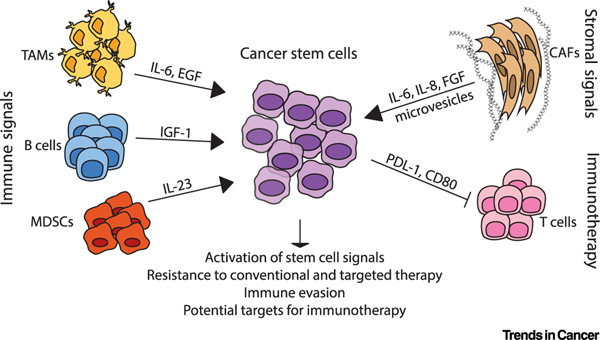Figure 2. Stromal and Immune Signals Activate Stem Cell Signals and Enhance Therapeutic Resistance.
The tumor microenvironment is composed of stromal cells such as cancer-associated fibroblasts (CAFs) and immune cell populations, including tumor-associated macrophages (TAMs), myeloid-derived suppressor cells (MDSCs), and T and B lymphocytes. These cells release signaling molecules that can activate stem cell programs within cancer cells. Both immune cells and fibroblasts can provide inflammatory cytokines (such as interleukin [IL]-6, IL-23, and IL-8) and growth factors (epidermal growth factor [EGF], insulin-like growth factor [IGF]-1, fibroblast growth factor [FGF]) that activate classical stem cell signals and drive resistance to both conventional and targeted therapies. Cancer stem cells can also resist immune-mediated killing by upregulating programmed death-ligand 1 (PD-L1) and CD80, perhaps making this aggressive subfraction an appealing target for immunotherapy.

